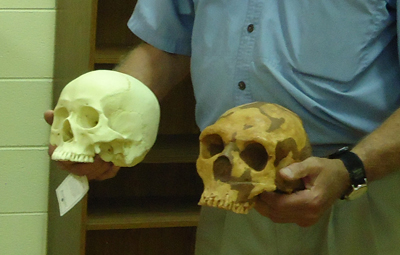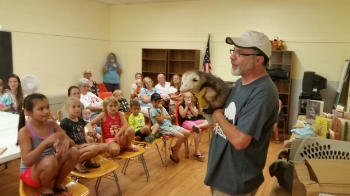

Mountain Boomer
You may wonder why this small tree squirrel has caught my attention and is now being shared in writing

How Mammals Make a Living
Dr. William Hylander, Duke University Professor of Anthropology Emeritus, dropped by the Grayson County Library on Friday July 8th to share his 'How Mammals Make a Living' program.

Mammals Program @ the Grayson County Library
Darin Handy recently joined BRDC for an event held at the Grayson County Library. His amazing mammals program captivated an audience of 50 people from infant to 80 and over.